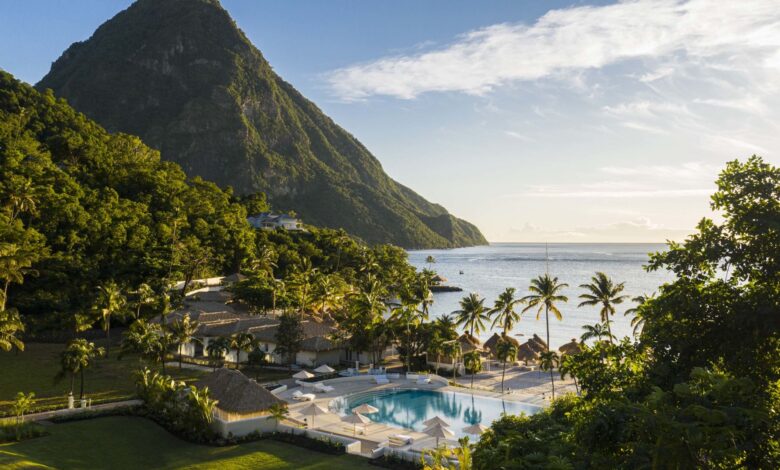
The IT Director Perspective at a Caribbean Five-Star Resort
By Larry and Adam Mogelonsky | September 7, 2023
Some luxury properties can have over a hundred different technology vendors to satisfy the entire guest value chain, both on-property and above-property. This means that while service and the guest experience will always be central to hospitality, we are firmly in the ‘technological age’ where the IT Department must be at the core of all decision making.
And yet, many hotels remain far behind other industries, households and direct-to-consumer mobile apps when it comes to keeping pace with tech expectations and available services to automate workflows or enhance a brand. The time is ripe for a sea change to get caught up and realize a healthy return in the process. This, however, may require not only system upgrades but a cultural change where the IT Director, CIO or CTO takes on a bigger role to guide new projects and advise on financial matters.
To offer some words of wisdom for all hoteliers and hopeful vendors to the hospitality industry, at HITEC we met with Shearvon Devenish, Director of Information Technology at Sugar Beach, a Viceroy Property in Saint Lucia, for this in-depth interview on how this role is shaping the future of the hospitality industry.

For background, Sugar Beach is a five-star resort with 78 guestrooms, villas, beachfront bungalows and residences, with seven restaurants and bars, a full spa and fitness center and a wide range of sports and excursions offered. Spread out over 100 acres, the grounds stretch from private tropical rainforests to an idyllic white-sand beach with magnificent views of both the Gros Piton and Petit Piton volcanic mountains. As well, Forbes recently named Sugar Beach as one of the ten best luxury beach resorts in the Caribbean.
Larry and Adam Mogelonsky: How have you seen the role of IT Director and CTO change over the past decade?
Shearvon Devenish: Let’s begin with the role of the IT Director. Like the Chief Technology Officer (CTO), their budgets have increased, aiding them in implementing new technology to replace services that were previously done manually by staff despite the size of the hotel brand or never thought of at all, such as artificial intelligence for booking reservations.
Changes like this assisted brands such as Hilton, Marriott, and Four Seasons to rapidly grow into the chains we know them as today. Boutique hotel companies such as Viceroy have also become quite innovative on the technological front to support their own brand development. Due to how critical technologies have become to maintaining operations and supporting growth, brands have placed a lot of trust in the IT Director to identify these needs, bridge the silo at the local level, implement the new technologies, provide the training and maintain the relationship with vendors while managing their part of the budget.
The role of the CTO was created to support companies who required a ‘captain’ to man the ship at the corporate level. In the last decade, CTOs have continued to work with the executive team in planning the IT strategy for expanding the flagship of the company to different states, continents or regions such as the Caribbean, where I live. Their role requires technical engagement with vendors to understand the business development goals, from security compliances introduced by the Payment Card Industry’s Data Security Standards (PCI DSS) to recently passed privacy legislation such as the European Union’s General Data Protection Regulation (GDPR), which imposes heavy fines on hoteliers who retain guest’s Personal Identifiable Information (PII) without their consent.
The CTO are firmly at the heart of their respective companies because they support a great percentage of how the vision is communicated in a technological era, be it with the local IT team, vendors, executive branch, asset managers or owners, all to efficiently and securely compete within a rapidly changing hospitality landscape by obtaining funding and buy-in for the company’s growth.
L&A: What recent tech projects that you’ve worked on are you particularly proud of?
SD: Every time my team and I implement a new technology, I’m ecstatic; it’s one more outdated, inefficient practice that has been addressed. What I’m most proud of is the expansion of the hotel, and that is done through research, planning, budgeting, procurement, and communication.
I recently designed a wireless network for a nine-bedroom residence at Sugar Beach, which will be called ‘Spice of Life’. The residence alone covers 24,000 square feet and will be the largest living accommodation at the resort once the construction is complete. The technology design includes aspects such as the cable infrastructure, wireless access points, telephones, security cameras and network switches to name a few.
Unlike many of my other projects, network designs for real estate projects are extremely engaging as you near the completion date. It requires IT procurement (and) continuous meetings with vendors to ensure that the implementation of the technology infrastructure and cabling is completed. The build of the data closet, configuration of the switches with the Virtual Local Area Network (VLAN), all the way to the installation of the various computers, printers, wireless access points and smart technologies for the enjoyment of the end users.
L&A: What tech projects are you working on right now? What challenges are you facing with each?
SD: We are currently expanding the outdoor wireless coverage for our 30 residences. The wireless coverage on the inside of the one-to-four-bedroom units are great; however, some guests have complained of the lack of coverage in certain areas on the outside.
Each residence, dependent on the number of rooms, can range from 2,500 to 4,000 square feet. The challenge with this project is the absence of a robust cable infrastructure to the main network switch on the outside of each building. This means that this project requires a WiFi audit to identify the areas with the lowest signal strength, followed by the best physical location to place the wireless units to improve the outdoor coverage in the affected area. All this must be achieved with aesthetics in mind.
Other challenges included the type of wireless access point that would be used; we do have a standard, so there is a vendor that we work with (Cisco Systems). Due to challenges with sourcing the required electronic chips – a key component for building various hardware – we are also impacted by the unavailability of certain models, so we do not escape the woes of the global supply chain.
Finally, the budget. The cost of improvements to any residence is incurred by the residence owner, so the design, like anything else, is impacted by the available amount we must spend. I make it my duty to ensure that we perform our due diligence by collating the feedback from our guests, conducting a WiFi audit to validate their claims and tabulating the cost of the recommended hardware or infrastructure (shipping and duties included) in order to address the challenge.
L&A: How do you decide what tech projects to prioritize for implementation?
SD: Great question and one that remains at the center of our daily operation because even an ongoing or existing project can be impacted by any challenge that affects the service to our guest or staff. It all depends on where we are with the project and what type of project it is: approved in budget, hardware and/or software, and finally the amount of training required by the end-user.
My projects are usually planned by the end of Q3 and implemented during Q2 and Q3 of the following year. We’ve found Q1 and Q4 to be extremely hectic with high guest arrivals in the Caribbean. As such, we work with departments heads during Q3 to share information on solutions that can efficiently improve their operation and then get costing from our vendors. During events such as HITEC, we’re able to meet with vendors directly to engage them on what is new, view demos and interact with our local staff to get their feedback – they are the key stakeholders after all.
Once the project’s requirements have been met — that is, hardware, software, and funding – we figure out with the key stakeholders a timeframe for implementation. We do not make these decisions without discussing with senior management first.
An example of how another project can be given priority over another would be due to a global change such as a PCI DSS or GDPR compliance. Projects such as those come with a time frame by which hotels are given stringent deadlines to comply with. Knowing the impact to our business and customers, we pause our existing projects and push these forward to ensure we comply with the global security standard.
L&A: How do you interact with other departments so that they’re aware of all the tech complexities you face on a regular basis?
SD: I have a beautiful picture in my department that assists with that discussion, and I’ve coined it the ‘big picture’. Every department head has a question – something that they’re in dire need of solving. Technology can do a lot and, sometimes, technology isn’t required because it is an operational challenge, which I’m also happy to assist with. My real concern is being able to actively listen – that skill of being able to hear the question and understand or probe to understand the ‘big picture’ then provide the solution immediately or through additional research.
Another key factor is whether the project is a capital expenditure or not. If it isn’t part of the budget for the financial year, we need to establish how much of an emergency it is; otherwise, it will be assigned to the department’s budget in the next financial year.
L&A: How can hotels reorient their processes to more fully embrace technology at their core?
SD: One of the most critical things that I would do to assist hotels to reorient their processes and more fully embrace technology at their core would be to restructure their organizational chain. Over the years I’ve worked across various countries helping hotels achieve this goal.
One of the advantages that I’ve had was the ability to work with the local executive directly with a dotted line to the corporate office. Today, in many hotels – even during my discussions at HITEC – many hotel managers and hotel financial controllers attended, yet within their companies IT reports to finance. The same is true at my resort. A simple change of including IT in the main conversation will mean that IT would be furnished with the information required to understand the business’s needs and challenges, as well as be able to spend its time efficiently researching solutions and working with vendors to deliver solutions that could positively impact the organization.
Technology isn’t slowing down; the most well-known companies are using IT at their core. Two of the world’s richest people – Elon Musk and Jeff Bezos – are utilizing technology in every aspect to build on their company’s portfolio. It’s time to include the IT team in these executive-level conversations.
L&A: What hotel technologies are you most excited about right now?
SD: I’ve been a fan of the use of virtual reality in hospitality for some time now. It answers questions that many travelers have from inception, and unlike the 2D video or image, it takes what Matterport offers on websites and allows travelers to build a better itinerary before arriving at their destination.
I focused on cloud computing when doing my master’s degree, and it was because I realized the power the cloud held in making information readily available across the globe. Similarly, for Virtual Reality (VR), it addresses the issue of importing hardware and the cost of hardware for users globally. It makes services like the prearrival check-in and the check-out process more efficient. Because of this, it means staff can focus on other services like improving overall guest satisfaction if executed well.
L&A: What other things are you looking forward to?
SD: I’m interested in the introduction of Digital Currencies (DCs). If hoteliers can begin to use DCs at their properties, it would revolutionize the way we do business. And the chatter of Artificial Intelligence (AI) remains; the question is what regulations, like that for a DC, will be placed to ensure it is safe to use. It would help address language barriers between staff and guest, increase hotel occupancy by supporting sales and marketing strategies, and finally, together with DCs, make traveling vastly easier.

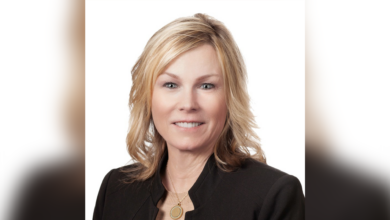
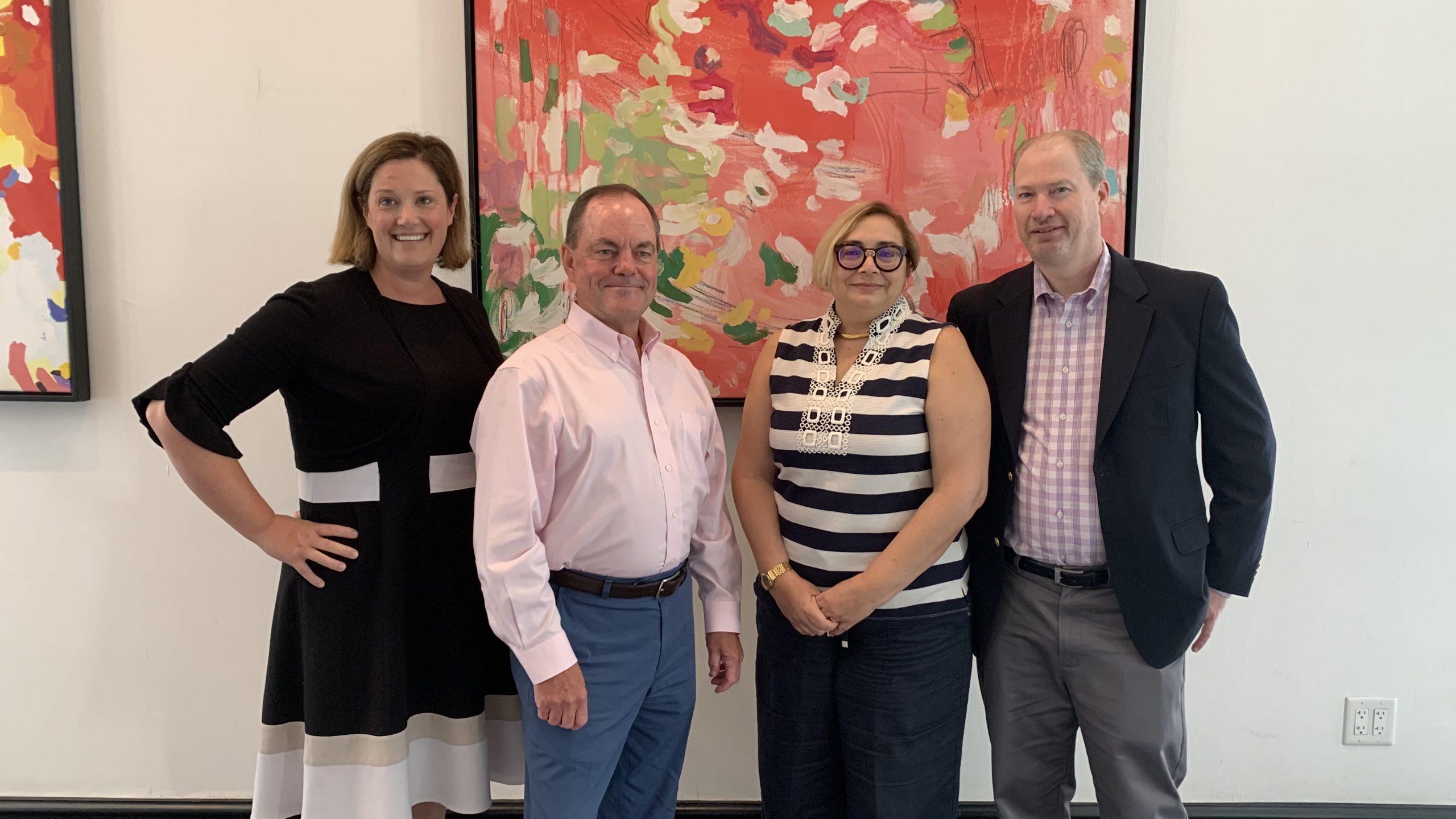
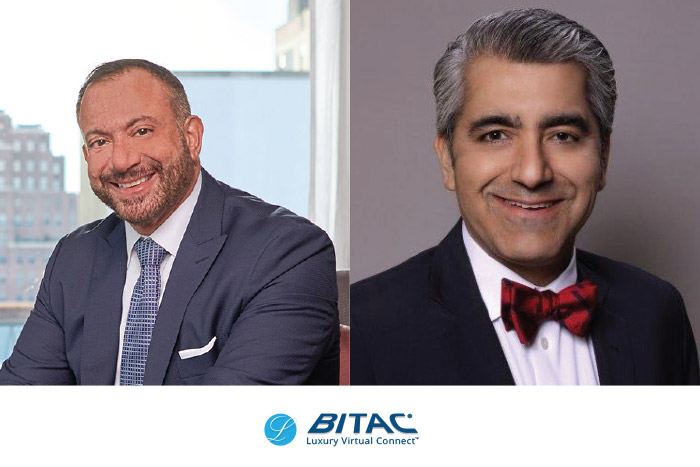
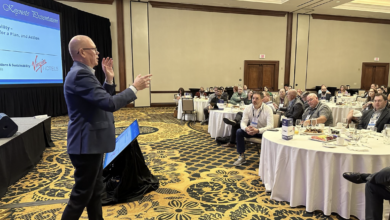
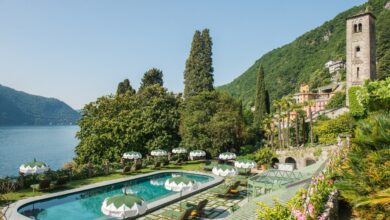
Get involved!
Comments